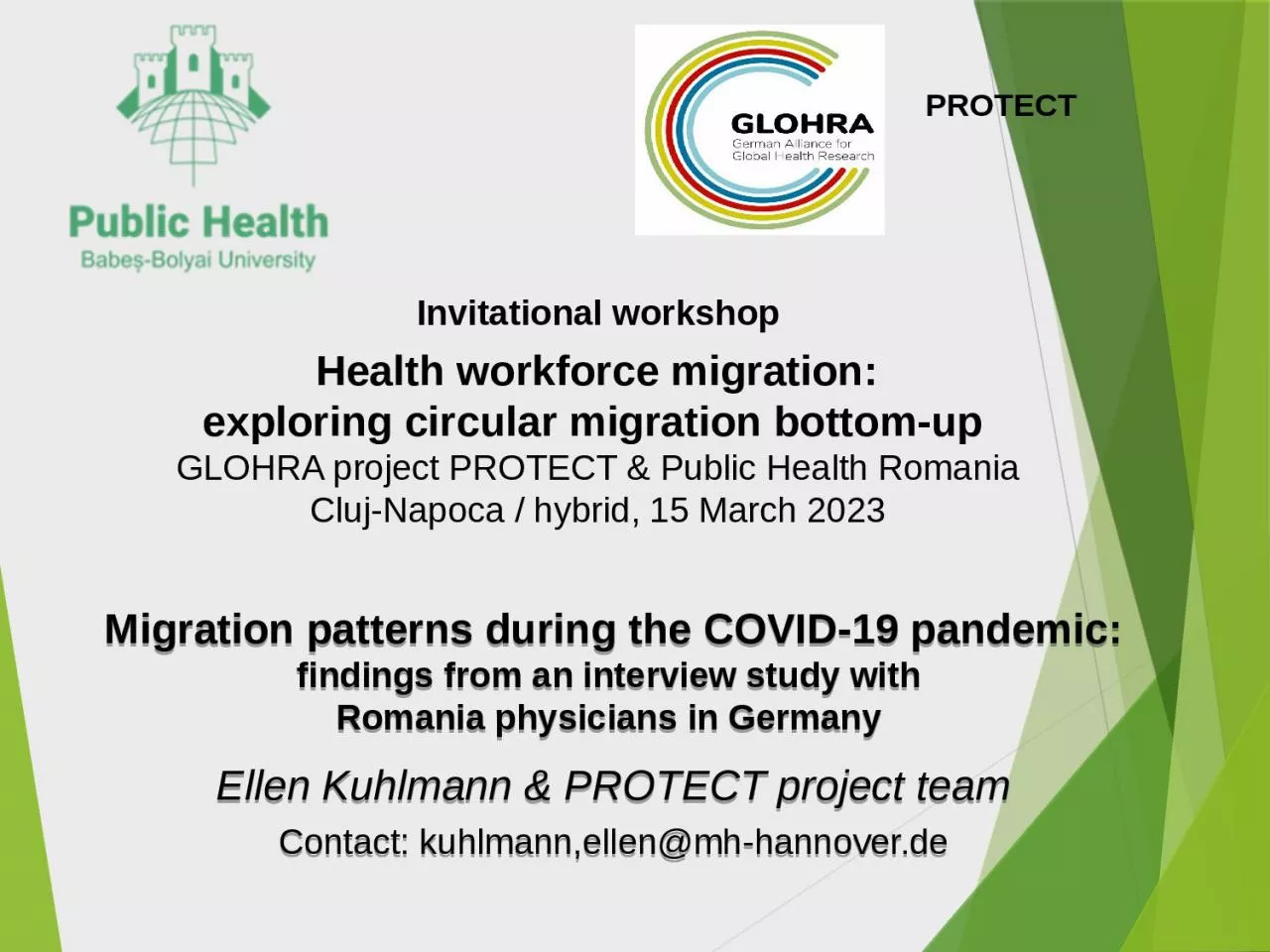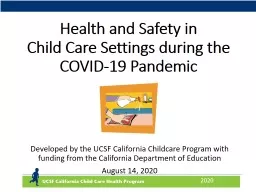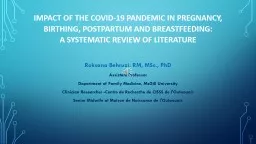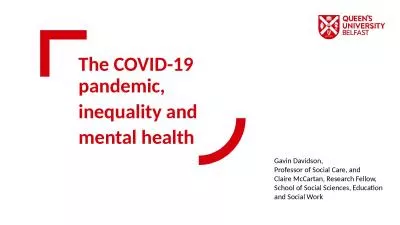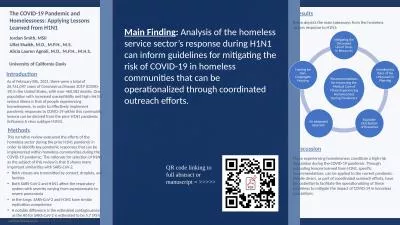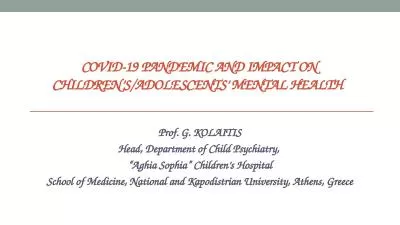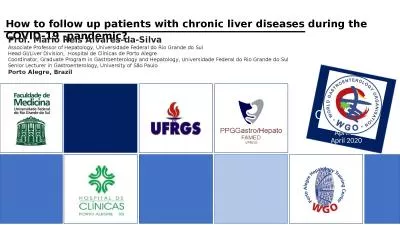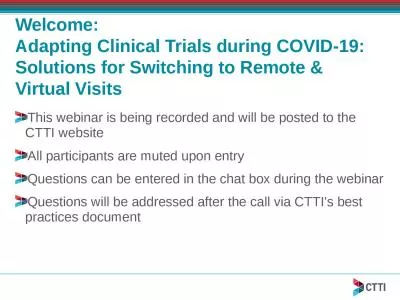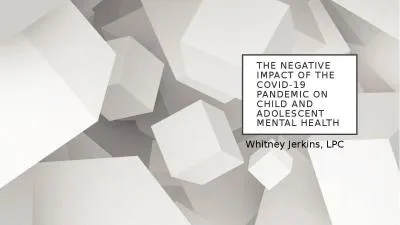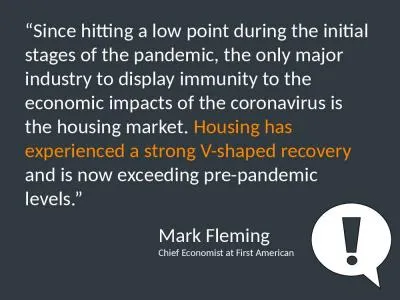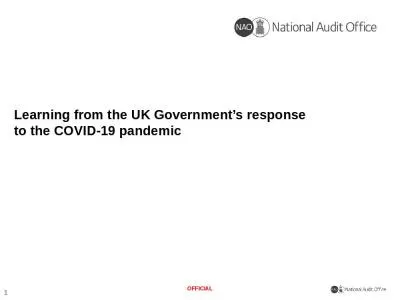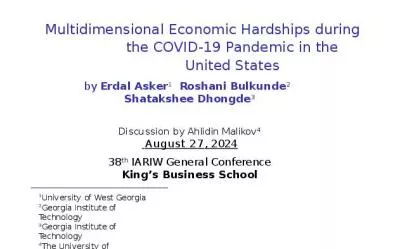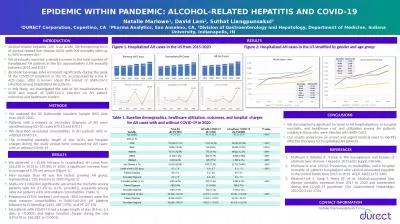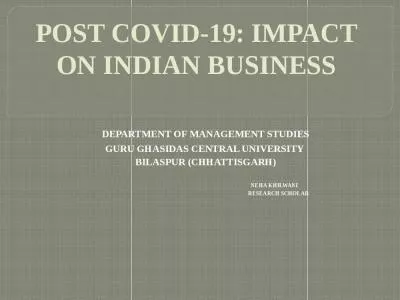PPT-Migration patterns during the COVID-19 pandemic:
Author : tabitha | Published Date : 2024-03-13
findings from an interview study with Romania physicians in Germany Ellen Kuhlmann amp PROTECT project team Contact kuhlmannellenmhhannoverde Invitational
Presentation Embed Code
Download Presentation
Download Presentation The PPT/PDF document "Migration patterns during the COVID-19..." is the property of its rightful owner. Permission is granted to download and print the materials on this website for personal, non-commercial use only, and to display it on your personal computer provided you do not modify the materials and that you retain all copyright notices contained in the materials. By downloading content from our website, you accept the terms of this agreement.
Migration patterns during the COVID-19 pandemic:: Transcript
Download Rules Of Document
"Migration patterns during the COVID-19 pandemic:"The content belongs to its owner. You may download and print it for personal use, without modification, and keep all copyright notices. By downloading, you agree to these terms.
Related Documents

